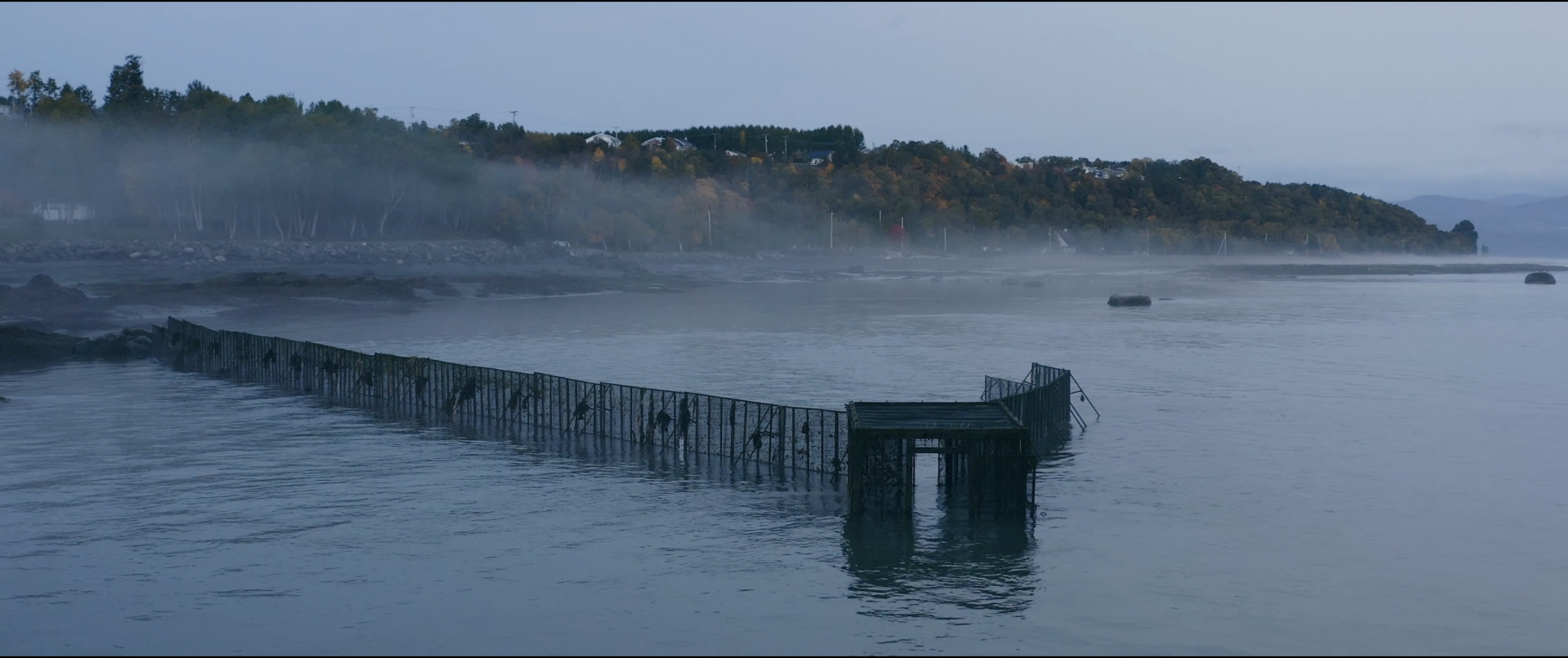
La pêche à Mailloux
340411726_1592657641197768_5425958355696034286_n
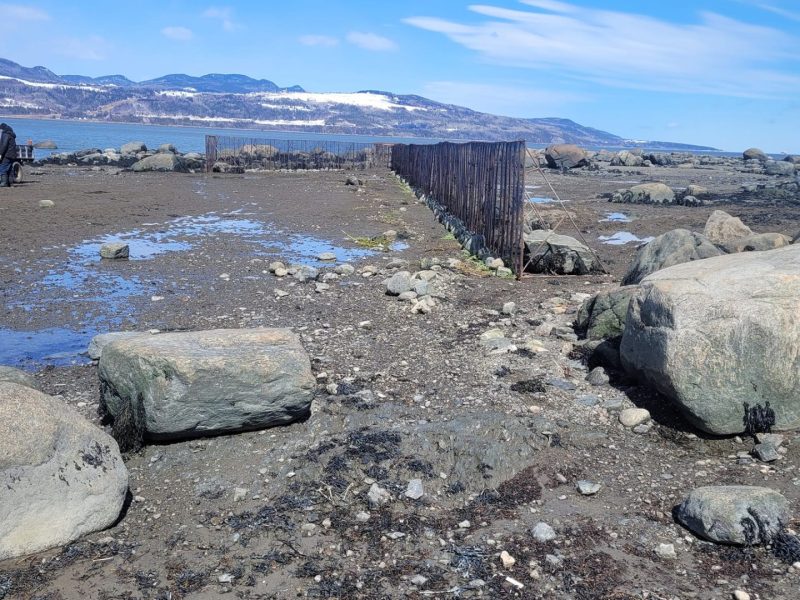
340651766_1903918896612693_8704499022120596758_n
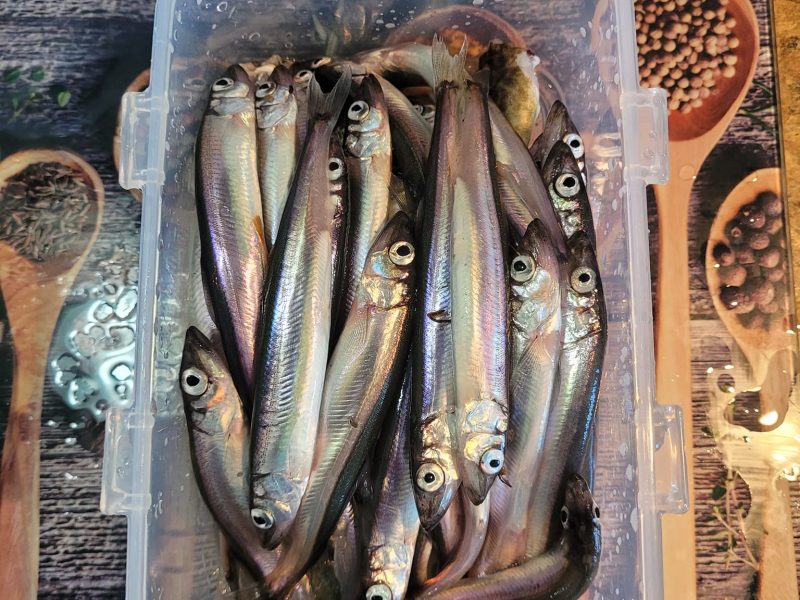
341084910_222305947056126_6423681512795353690_n
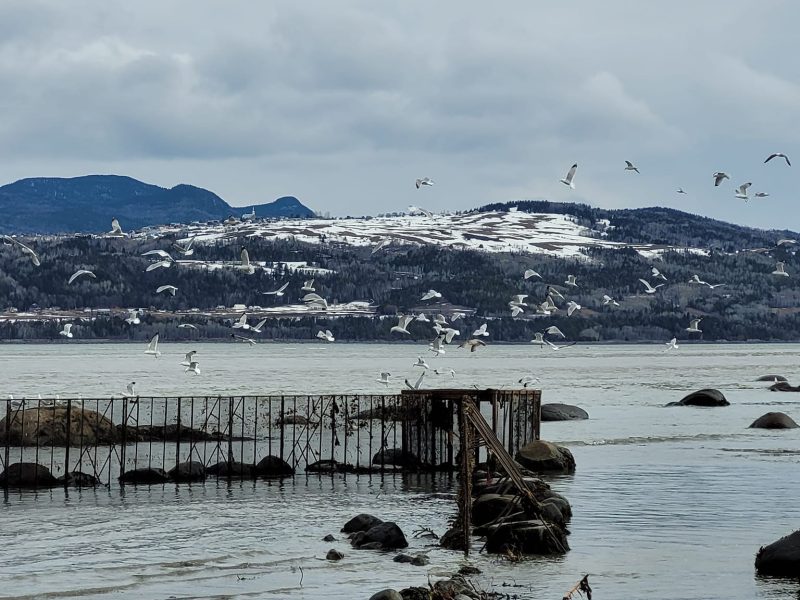
Pêche à la Fascine
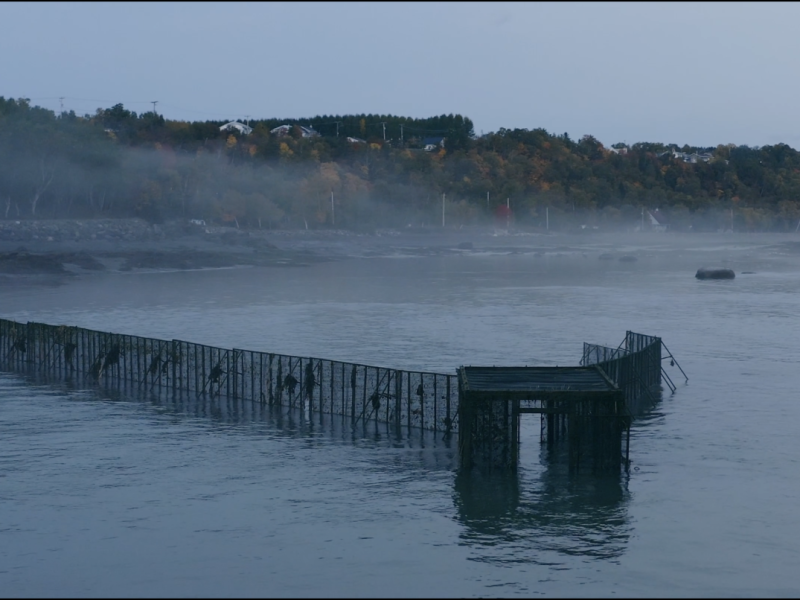
About This Project
seasonal
À propos
Weir fishing is made up of intangible cultural heritage practices related to time, nature, acquisition, production and processing techniques, and food practices.
The heritage value of the components (knowledge, know-how and practice) of weir fishing can be assessed on the basis of age, continuity (persistence of empirical knowledge, maintenance of traditional know-how), territorial anchorage, modes and environments of learning and transmission, and community recognition.
The practice of weir fishing is an exemplary example of the close link between safeguarding intangible heritage and the territory, while respecting the environment and the principles of sustainable development. The traditional knowledge and skills required for weir fishing are closely linked to the protection of ecosystems and the preservation of biodiversity. The practice of weir fishing is sustainable and eco-responsible. Weir fishing is a small-scale coastal fishing technique practised by wading, and is non-destructive of the marine ecosystem.
Weir fishing is associated with a traditional wading technique practiced on the shores of the St. Lawrence. These are fixed fisheries installed from April to November on the intertidal shoreline. They are called “fascine fisheries” because the various parts of the structure were once woven from branches between piles, known as fascines.
Today, the fascines have been replaced by stakes, nets and boxes that serve as pens. The principle of these fisheries is simple: the fish are directed towards the structure by the tides or currents and remain trapped within its enclosure. A wide range of species can be caught in fixed fisheries. The fish are “lifted” at low tide or according to the catch trapped in the device. This type of fishing requires knowledge of topography, hydrography and marine fauna, as well as the associated know-how (manufacture of fixed gear).
Distance de la traverse
Distance à parcourir
3 km
Temps en automobile
4 min
Temps en vélo
12 min
Temps à la marche
41 min



